The history of natural treatments used for skincare runs almost as long as human history. So, it should come as no surprise that CBD, a non-psychoactive ingredient found in cannabis, has made an appearance in the modern historical record of skincare products.
Whether you’re using CBD for skin impurities, acne, wrinkles, or any other skin condition, you should be interested in knowing the science behind this chemical compound. This can help explain what skin conditions CBD oil can treat and whether you should discuss CBD oil as a potential treatment option with your doctor.
Perhaps CBD’s most promising role is as an antibacterial and anti-inflammatory agent. Many skin conditions are caused by the body’s inflammatory response. Acne, for instance, is caused by inflammation and the overproduction of sebum, which serves as an oily protector for the skin. One study found that CBD stymied both causes, which may help demonstrate the efficacy of using CBD for acne skin.
CBD may also help inhibit the growth of cytokines, which are the chemical agents that lead to inflammation. By limiting the appearance of these chemical communicators, CBD again expresses its anti-inflammatory properties. So, beyond acne and infections, there may be some efficacy in using CBD oil for atopic dermatitis, among other inflammatory-based skin conditions.
Another scientific review found that CBD has antibacterial and antifungal properties, too. This means CBD could be a potential tool in protecting skin from infections, as well as help explain why some people take CBD oil for skin fungus.
Many scientists believe the reason that CBD may help your skin’s health and appearance is due to its interaction with the body’s endocannabinoid system. This recently discovered system is thought to play a critical role in maintaining the body’s balance, or homeostasis.
One of the ways that CBD maintains the balance for your skin is by limiting the amount of cell proliferation in the skin. The research appears to demonstrate that this CBD-induced reduction can prevent the agents that cause certain skin conditions, like acne, from growing in number.
If you’re concerned about the health or appearance of your skin, make sure to discuss the issue with a dermatologist. Make sure to discuss your symptoms in full so they can walk you through potential treatment options, including CBD. They may even have a preferred brand of CBD skincare products.
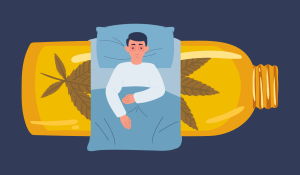
If you've ever wondered about using CBD for insomnia, you should know how CBD helps anxiety, stabilizes your sleep-wake cycle, and makes falling asleep easier.
Read More
CBD-infused salad dressing: Imagine a fresh, crisp salad enhanced with a light, herbaceous vinaigrette containing your daily dose of CBD. To create this, you’ll need...
Read More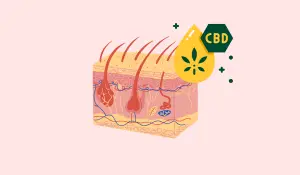
1. What Is CBD and Why Is It a Game-Changer for Skin Health? CBD (cannabidiol) is a natural compound extracted from the hemp plant. Unlike...
Read More
The Legal Landscape of CBD The 2018 Farm Bill and Its Impact The signing of the Agriculture Improvement Act of 2018, commonly known as the...
Read More
Breakthrough #1: CBD’s Role in Chronic Pain Relief Chronic pain robs people of precious moments. A 2021 study in the Journal of Pain Research highlights...
Read More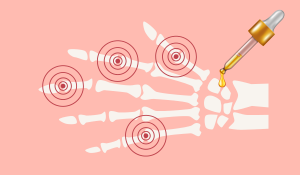
Understanding Arthritis Pain Arthritis is a chronic condition that affects daily activities, from opening jars to taking walks. Here’s a look at the two most...
Read More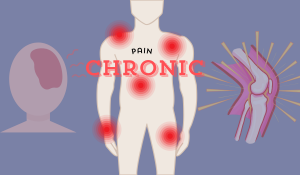
Types of Pain CBD May Alleviate CBD shows promise in managing various types of pain: CBD vs. Traditional Painkillers Traditional painkillers like opioids can be...
Read More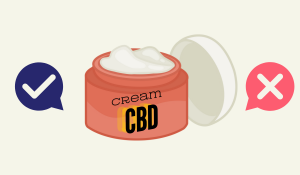
CBD Cream Side Effects – Focusing on Topical Applications How CBD Creams are Made Ever wondered how CBD creams come to life? It’s a fascinating...
Read More
Therapeutic Uses of CBD Managing Chronic Pain with CBD Struggling with chronic pain? CBD might help. Studies suggest it can reduce inflammation and alleviate discomfort,...
Read More
Concerns About Potential Side Effects on Liver and Kidneys Despite its growing acceptance, concerns about CBD’s effects on vital organs like the liver and kidneys...
Read More